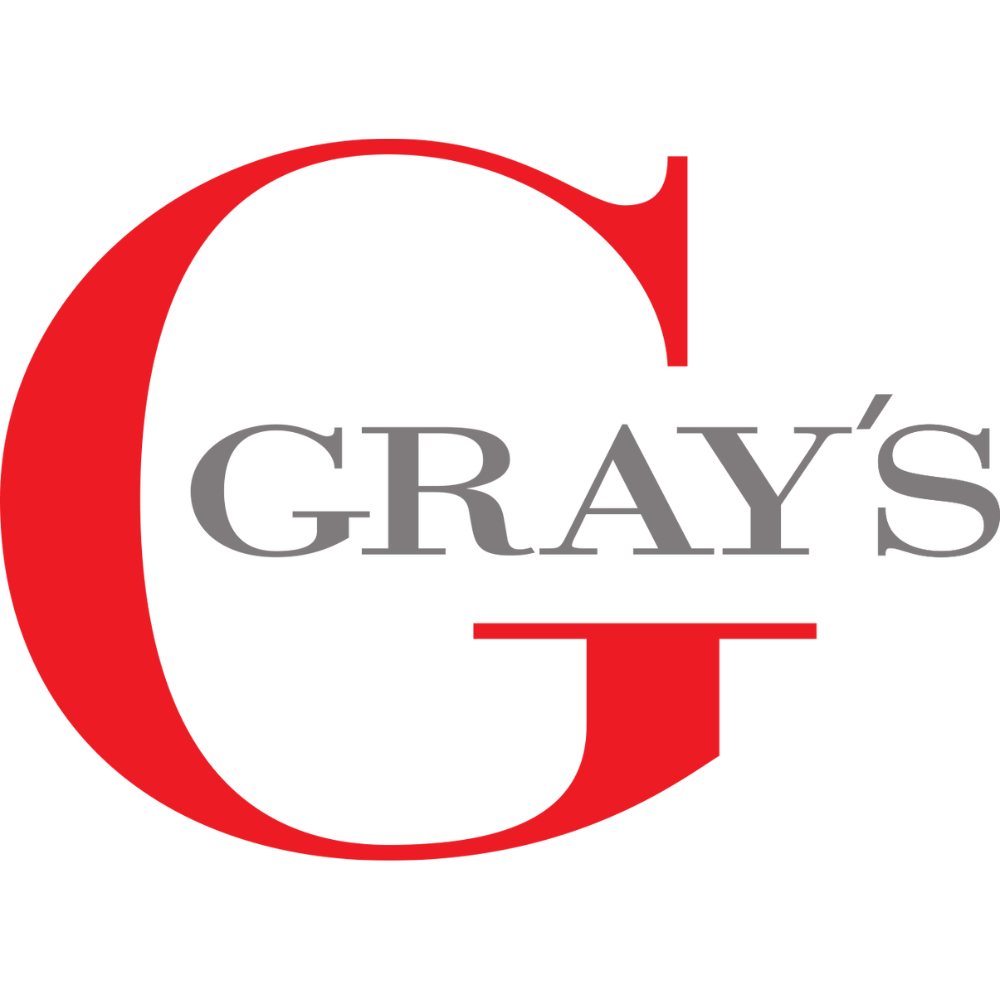Everything You Need to Know About Selling at Auction
Just as buying at auction can seem like an intimidating and unknown process, so can selling. However, this is simply a matter of becoming more informed and then making an exciting leap into a whole new world!
Selling can also be broken down into three main action points - valuation & auction estimate, consigning & selling, and finally auction results and your payment proceeds.
How Do I Get an Auction Valuation?
Most reputable auction houses (Gray’s included) will be able to offer a valuation of your sale items. We ask for photos of the object from different angles, and a detailed description including a history of any damage, marks or signatures. Auction houses will physically need to see the item for further investigation, in order to provide the most accurate estimate.
A specialized valuation will be able to give you an accurate picture of market trends after comprehensively researching recent auction results.
During the valuation process, our specialists will examine all elements of the piece, considering style, quality, date, complexity, condition, previous ownership, authorship, subject, size, authenticity.
They will also look for comparable works that have sold recently, adjusting values of the comparables to compensate for differences between the subject piece and the comparables found at auction. They may also consult experts like museum curators, artists, gallery personnel, technicians, architects, or art historians specializing in a particular period or style.
Sometimes there may need to be technical analysis of paint or canvas, or infra-red or ultraviolet light examination to assist with determining condition or authorship. Sometimes x-ray is necessary to answer questions that affect value. For some works of art we may need to consult the Art Loss Registry and other databases to try to determine if the work was stolen.
Research is performed, data is gathered to estimate what the work of art would sell for in the appropriate market at a given date. The specialist will consider, availability of like objects, rarity, cost of cleaning or repair if needed, and the history of sales of close comparables.
How Do I Consign My Collection for Auction?
What is consigning? This means that when you’re ready to sell, you sign our consignment contract which includes our commission rates and the terms of the consignment. We provide you with a copy and a written receipt detailing the auction valuation with a high and low estimate and the reserve. We do not buy pieces for our auctions - all collections are consigned with us, and we deduct our commission from the auction proceeds. If you are thinking about consigning, but aren’t sure how much you’ll wind up paying, check out our blog on auction pricing debunked.
What Happens Before My Item Goes to Auction?
Auction houses should have a complete marketing strategy for their sales, including professional photography, advertising, and a shrewd digital plan for maximum visibility. This allows them to reach a wider, highly qualified audience, increasing the chances people will bid on your piece.
Before auction day, potential bidders can physically view the pieces in our auction showrooms and place their maximum bids. All items are also available online in our upcoming auction catalogue, and bids can be placed at any time throughout the preview period, and then of course, when the auction goes live, they can bid live online, or by telephone, in real time on each lot in the auction. View our current auction catalogue.
How do Buyers Bid For My Auction Item?
Those interested in purchasing your piece can participate in the auction by bidding against one another. The highest bidder wins.
What Happens After My Item Sells at Auction?
The hammer has fallen - now what happens? After the auction, we let you know the Results of Sale, i.e. the hammer prices your items sold for, or if your item passed due to not meeting the reserve. If an item does not sell, we won’t charge you anything, and you can pick it up or you can agree to consign it into another auction.
If the sale has gone through, expect to receive your payment proceeds on the timeline stipulated in the contract - this can typically be thirty days.
How Much Are Auction House Fees & Commissions?
All auction houses are different; however, the standard commissions (and what we charge here at Gray’s) are worked out on a sliding scale. The more something sells for, the less we take. This is only deducted when your piece sells. This is how auction houses cover the costs to value, photograph, catalogue, store, promote, and sell your item.
Get in touch with us if you have any questions or would like to receive a valuation on items like fine art, furniture, jewelry, decorative items, and more.
Frequently Asked Questions
-
To sell at auction you will need an auction valuation. Then you will need to consign your collection by signing a contract with your chosen auction house. The auction house team will then photograph and catalogue your collection and assign it to an upcoming auction.
-
Sellers pay a commission fee based on the final sale price.
-
We host auctions every month, so once you’ve got a valuation, we can usually list your lot in an appropriate auction within a couple of months, depending on auction schedules.
-
Yes, you can set a reserve price to ensure your item doesn’t sell below a certain amount. Our specialists will guide you on pricing.
-
If your item doesn’t sell, we can discuss relisting, adjusting the reserve price, or returning the item to you.
-
We accept fine art, antiques, jewelry, collectibles, decorative art and real estate. If you’re unsure, request a appraisal.

